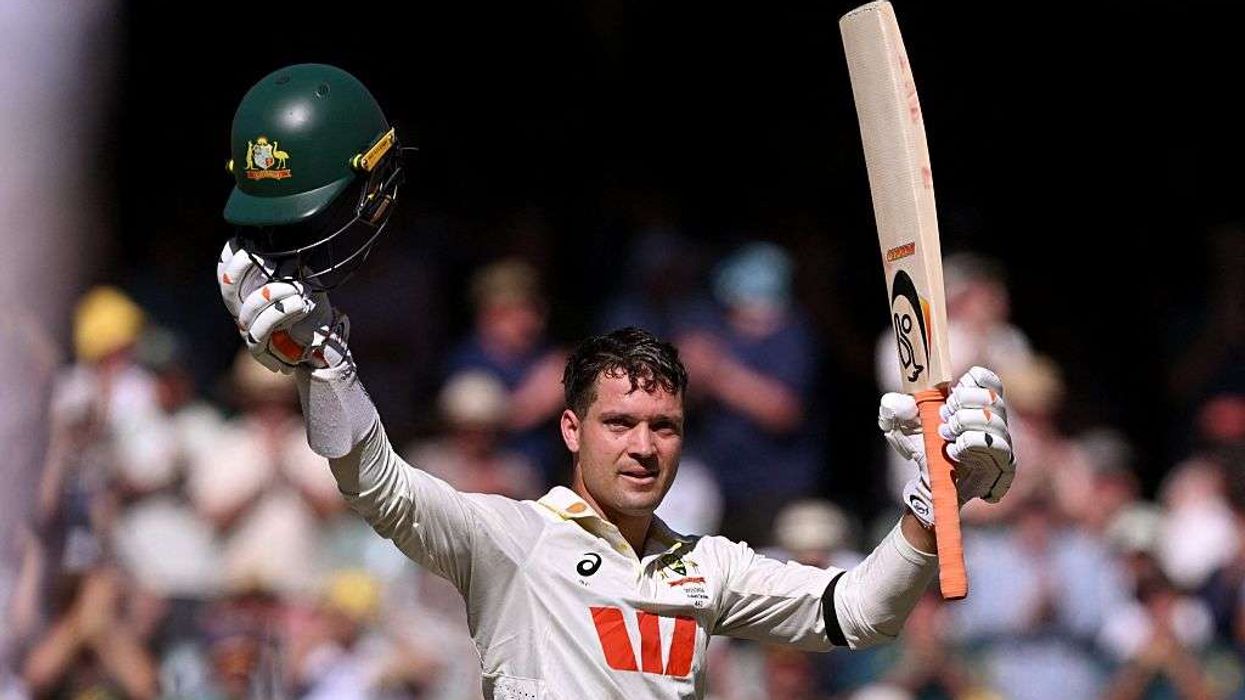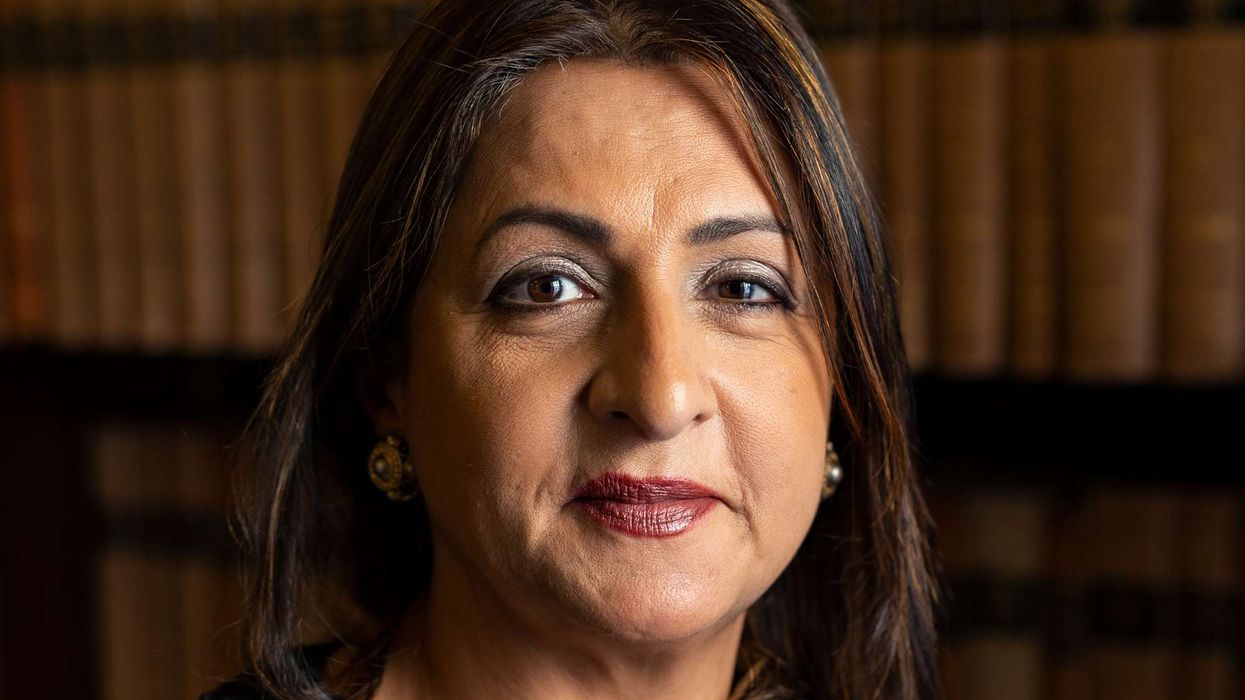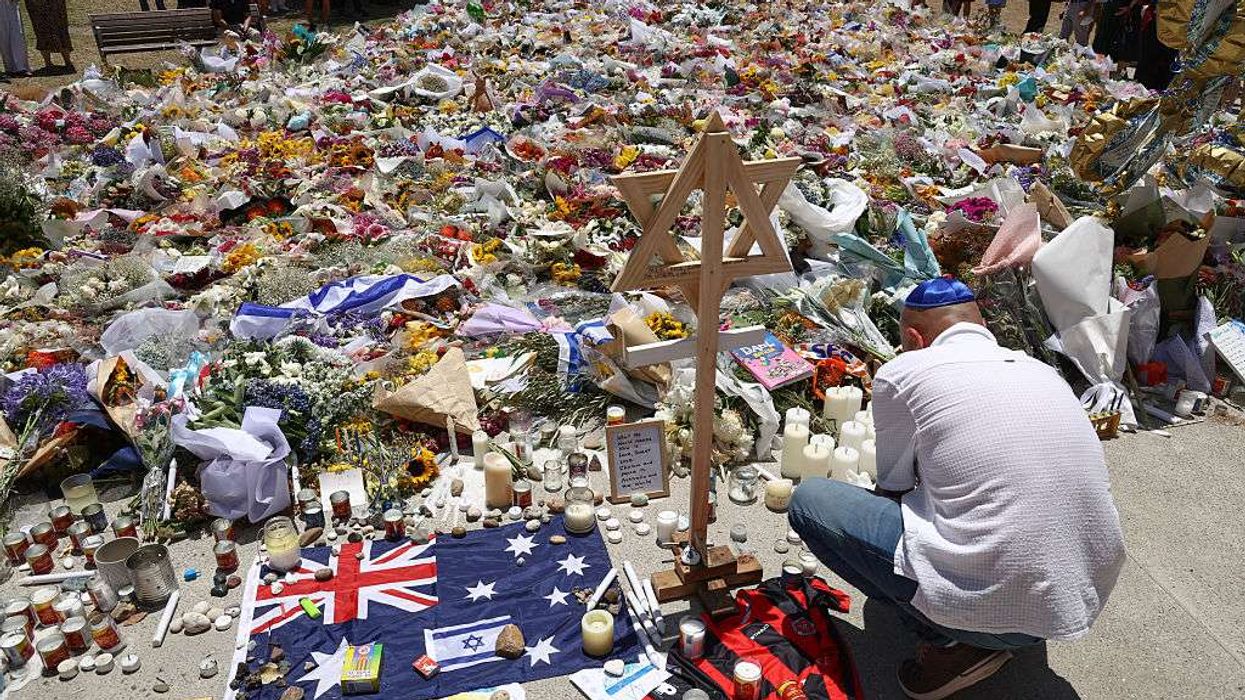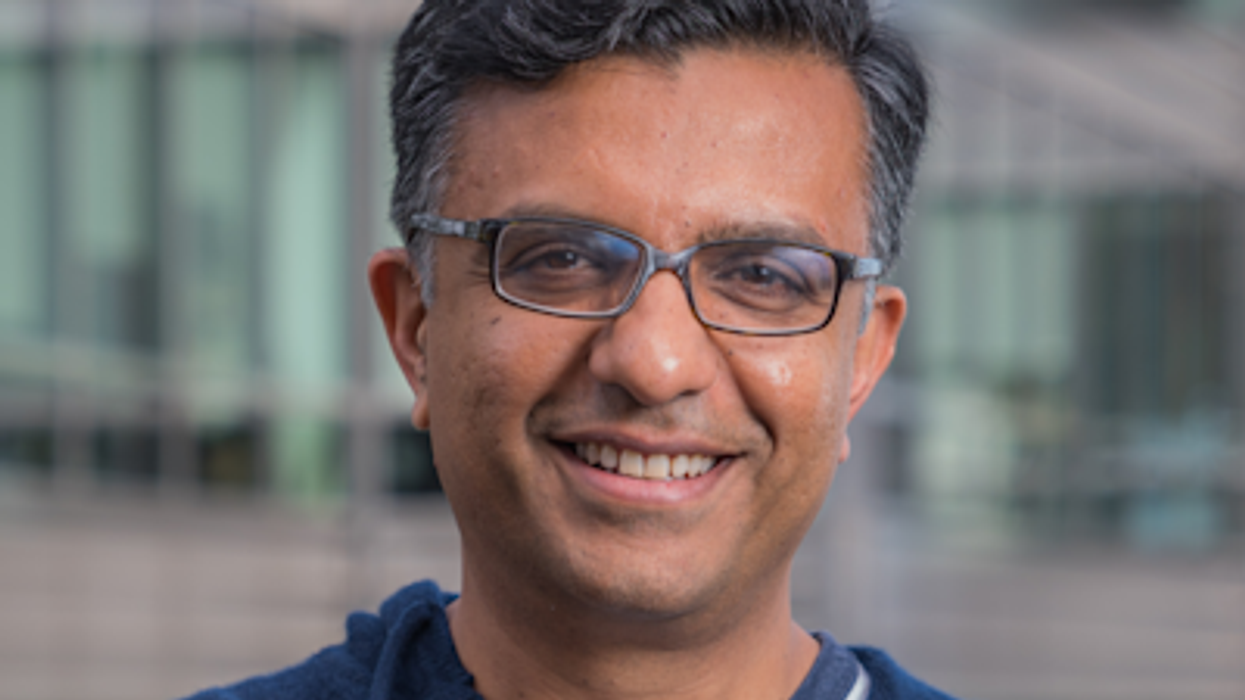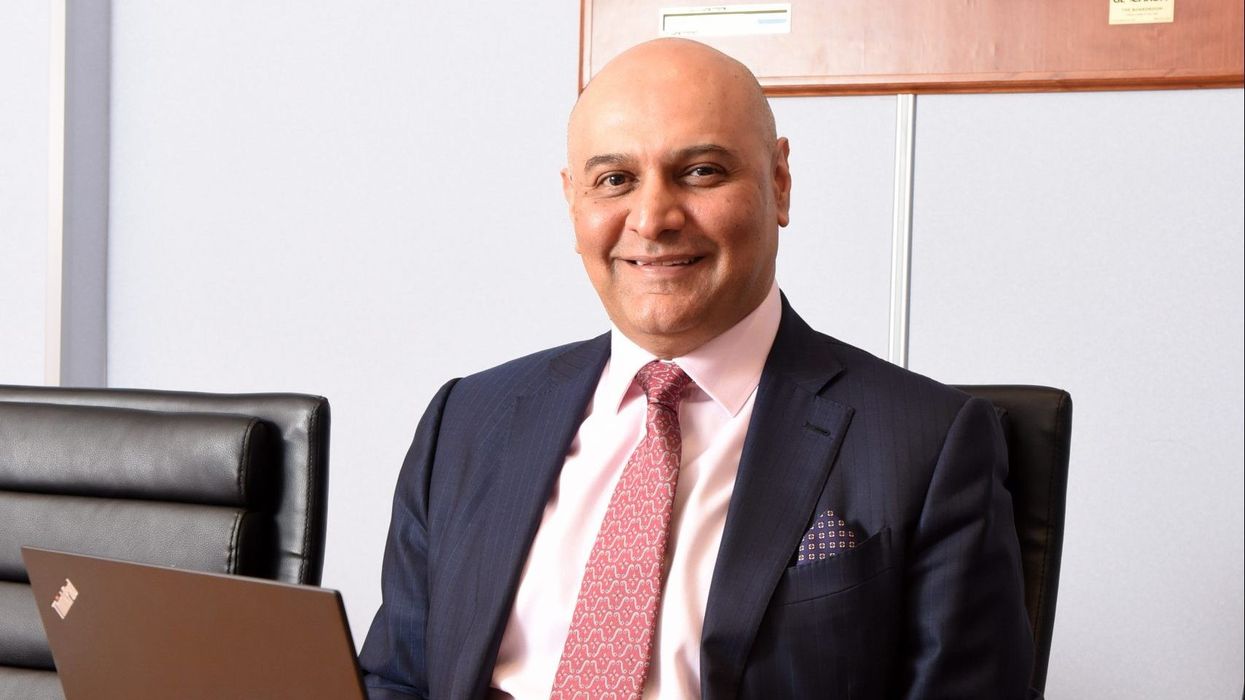by MITA MISTRY.
Nikesh Shukla: The write way.
EVER since he found his voice as a writer, Nikesh Shukla has been creating different worlds and entertaining readers with his growing body of impressive literary works.
The talented British Asian author has followed up his acclaimed novels Coconut Unlimited and Meatspace with his latest two offerings The One Who Wrote Destiny and Run, Riot, which are dramatically different to one another. One is a story about family spanning across different decades and the other is a teen novel set in real time.
This adds to other impressive work he has done, including writing for a host of leading publications and editing the bestselling essay collection, The Good Immigrant, which won the reader’s choice at the Books Are MyBag Awards. Eastern Eye spoke to Nikesh about his latest two novels, writing process and his advice for aspiring authors.
How would you reflect on your literary journey so far?
I don’t look back at all. I’m always looking forward, trying to find stories that haven’t been told yet.
I think the thing you’re doing now has to be a step ahead from what you did before. So I can see my journey, from novel to novel and project to project, and how I went from being a mediocre rapper to a novelist who is only starting to feel comfortable doing what he’s doing.
Which is the first book that made an impact on you?
The Buddha of Suburbia by Hanif Kureishi. I saw an advert for it on BBC 2, the adaptation with Roshan Seth and a young Naveen Andrews, and because it looked like it was filled with sex and drugs, I didn’t think my parents would let me watch it. So I got the book from the library. The first line goes: My name is Karim Amir and I am an Englishman through and through… almost. It was that one word, almost, that made me feel seen. I was an almost. An in-between. Finally, I’d found a writer who understood me.
What made you learn or realise that the written language has power?
Someone once knocked me off my bike and in their fury I’d got in their way, they called me a blind Paki. It was the first time I’d been overtly racially abused. And the word undid me. It sent me into the pits of depression and turned me into the type of shy teenager who never went out unless he needed to. I retreated into myself.
How did you feel when your first book was published?
Conflicted. My mum died the same week and while having my book published was the one thing I wanted more than anything else in the world to happen, having my mum die suddenly and tragically was the absolute worst.
Which of your books is your most prized piece?
Probably The Good Immigrant. It was such an unexpected success and a complete community-led grassroots project that was a success because of the idea, the time it was released, the contributors and their hard work, the publisher and their energy, my agent and her ability to conjure magic and all the supporters of the crowd funding campaign, who supported the book before a word of it was even written. It’s still selling loads today. And the reason it does is because of all of those elements. We created a movement. And it’s still going.
How many unpublished and half-finished books do you have?
I have a full-length novel in the proverbial drawer that will never see the light of day, thank god. I wrote it after Meatspace. It was fine. It wasn’t pushing me forward as a writer. If anything, it was keeping me in a holding pattern so I put it away and started on The One Who Wrote Destiny instead.
Do you have a writing process? Where do you draw inspiration from?
I like to plan a novel out thoroughly and then I write a first draft as quick as I can, just to get all the constituent parts of the novel on the page. Then I edit, edit and edit until the book has taken shape. When I can no longer make it better or worse, and I’m just adding and removing commas, I send it to my agent.
How do you keep focus as a writer and finish what you started?
Resilience, coffee and having a plan before I start a project.
How do you overcome writer’s block?
Luckily, I work on a multitude of things: novels, articles, essays, short stories, journalism, film and TV scripts. So if I get stuck on one, I take a break and move on to the other one.
What would you tell your younger writing self?
Everything will happen as it should. You don’t need your first novel out before you’re 30.
Do you read your book reviews? How do you respond to them?
I read critical reviews because they might tell me something about the work I had not considered. Or given me a perspective I might have a blind spot on. Mostly, though, I wait a few months. The months after a book is out are precious. You’re vulnerable. You’re releasing into the world a body of work you spent so long with. So I won’t read
reviews until I’m deeply ensconced in the next project.
Tell us about your latest book?
I have a novel out called The One Who Wrote Destiny (Atlantic Books), which is a big, multi-generational family drama about cancer, immigration, destiny and comedy.
It’s about the fates and fortunes of the Jani family, starting with Mukesh’s arrival in Keighley from Kenya in 1966 and following them up to his son Raks as he begins a stand-up comedy career in present day.
I also wrote a teen novel called Run, Riot (Hodder Children’s Books), which is a thriller about gentrification. It follows Taran, Hari, Anna and Jamal when two of them film an act of police brutality and are chased into their block. As the night unfolds in real time, they uncover a conspiracy and decide to fight for their community.
What was the biggest challenge of writing the novels?
With The One Who Wrote Destiny, my biggest challenge was trying to ensure each narrative voice was distinct. It’s narrated by 10 people all involved in the family. Also, because it’s an inter-generation conversation about the nature of racism from the 1960s to now, it was important that my authorial voice be removed from the novel.
With Run, Riot, I’d previously not written a teen book or thriller and it’s told in real time by four different voices, which made it a real headache to edit.
What was the most enjoyable part of writing these two books?
It took me nearly 20 years to write The One Who Wrote Destiny; so finishing it was a big boost. With Run, Riot, I’m excited to write a book that, I hope, will engage with young audiences of colour.
How do you select characters’ names?
Usually, they end up being from my own family, which causes problems.
Who do you hope connects with your books?
I hope I have written the first of many books that try to interrogate the British Asian-East African experience. I hope both books find readers who finally see themselves and know that their stories are valid and what they have to say is important. These books are mirrors.
How do these books compare to others you have written?
Well, with Run, Riot, I’ve never written for teenagers before and with The One Who Wrote Destiny, it’s a step up in terms of narrative ambition. Hopefully we won’t have seen these characters in fiction before, but we all recognise them from our lives.
You are very prolific. How many hours a day do you spend writing?
Maximum two. That’s the dream. Everything else is just treading water.
What does the future of publishing look like for writers from black and Asian minority ethnic groups?
Currently positive. In the past few years, the publishing industry has had a long, hard look at itself and whom it wants to attract, and who has permission to write. Currently, a lot of work is being done to diversify. Let’s hope it’s here to stay and not a passing trend.
What inspires you? And tell us why you love writing?
Gina Miller. My daughters. Tacos. Seeing change happen before me. I love creating universes for people to get lost in.
And finally, what’s your advice for aspiring authors?
Keep going. Your stories are valid. We need you.
How to get published
PERHAPS the unsung heroes of the book world are literary agents who discover new authors and help get their books published.
Niki Chang works for The Good Literary Agency, which represents minority writers of all backgrounds. The literary agent representing diverse writers joined the new social enterprise in 2018 after working at Aitken Alexander Associates, first in film, TV and stage and latterly in the books department.
She spoke to Mita Mistry about her work and what advice she has for new writers.
What do you love the most about being a literary agent?
Working with authors and their writing. I also love working with editors and publishers.
There’s nothing quite like connecting with a writer as well as making editorial suggestions that will make their work stronger.
It’s also immensely rewarding seeing the process through from beginning to end; from spotting the talent, nurturing it, showcasing it to publishers, doing the deal and finally publication. I love working with my team here at The Good Literary Agency.
In non-fiction, I skew towards stories and voice again. The best non-fiction, for me, approaches a subject in a way you might never have imagined, but which also makes perfect sense upon reading. Likewise, the voice should feel distinctive, that only that person could have written it. All good books should make the world feel a bit different once you’ve turned over the last page, even if it is for just a moment.
Do you have tips for writers on opening and closing a novel?
I don’t like endings, they usually are not memorable for me, but openings are incredibly important. I never forget the first line from Camus’ The Stranger: ‘Aujourd’hui, maman est morte. Ou peut-être hier, je ne sais pas’ (Mother died today. Or maybe yesterday; I can’t be sure).
Sure, it’s stuff you might learn in school, but the fact it’s stayed with me is testament to its power. As an agent with only so many hours in the day, if the opening doesn’t grip me, I won’t wait around for the middle or end.
What would you tell aspiring writers looking for an agent?
Edit, edit, edit and then share with as many early readers as possible for feedback before querying an agent. Then, look for an agent who shares your taste or who represents writers you admire. Look for junior agents whose lists have more room.
Which is your favourite book?
Like an author of mine says, it is more of a revolving door than a pantheon. At the moment, Sally Rooney is keeping everyone up late at night; an extremely literary sensibility housed in page-turning prose, which tugs at your heartstrings and makes you ponder the big questions in life.
Leone Ross’s short stories are something special and I’m enjoying Rachel Kushner’s The Mars Room. Will Harris’ Mixed-Race Superman is a fascinating, funny and eloquent meditation on what it means to be ‘mixed race’. It was published in May by the brilliant indie publisher, Peninsula Press.
Which forthcoming book releases are you excited about?
I am excited about my authors’ upcoming publications, obviously: Alex Holder’s The Money Book (Serpent’s Tail), a taboo-busting manifesto on how talking about money could change your life; Hashi Mohamed’s People Like Us (Profile), a personal look at social mobility and inequality in Britain; Naomi Shimada and Sarah Raphael’s Mixed Feelings (Quadrille), a beautiful book looking at how the internet has affected women’s lives and a secret work of mind-blowing fiction, which has not yet been announced - so stay tuned.
What key advice would you give aspiring writers?
Persevere. Protect your writing time, graft and don’t wait around for inspiration. Have confidence in yourself but also be willing to accept feedback.
Stars select their must-read books
Kabir Bedi: Rarely have I found a book on the story of Guru Baba Nanak’s travels through modern day Pakistan, then India, as beautifully told as Haroon Khalid’s Walking With Nanak. As a 17th generation descendant of Guru Baba Nanak, I was deeply moved by his spiritual and physical journey, along with his faithful companion Mardana. Haroon Khalid’s book is deeply felt poetic prose. It’s a must read.
Preetika Rao: It is The Autobiography of a Yogi written by Paramahansa Yogananda in the 1950s, from his Ashram in San Diego. The book narrates his mystical experiences as an Indian yogi with deep spiritual practices. He describes meeting Indian mystics who have paranormal psychic abilities and he also talks about a yogini, a woman who did not eat, but survived on thin air as a part of her superhuman yogic feat. He speaks of gurus who could predict the future and accurately tell strangers about their past. He describes the different dimensions of existence. In one chapter, he talks about his vision and encounter with Jesus Christ and Krishna whom he describes as angelic beings. The book is captivatingly enlightening with its profound take on the mystics of India.
Gurmeet Choudhary: My favourite book is The Secret (parts one and two). Whenever I have spare time, I go through that book, which in turn motivates me and reminds me of a certain thing if I have forgotten about it.
I feel The Secret can never grow old.
Helly Shah: I just love Kahlil Gibran’s book The Prophet. The best part about the work is that the more you read it, the more you understand its words.
Life is expressed as something to be enjoyed and soaked in as many ways as possible.
It’s about philosophy, spirituality and a vision that changes how we look at our life.
It’s a beautiful book of poetry.
Mahesh Bhatt: I recently read this great book by Julian Barnes titled The Only Story. It’s a love story. I feel like it is a book that has come from his living bones; I was so moved by that book.
To read fiction is very difficult for me because I prefer non-fiction, but I love Julian Barnes. That is the kind of writer, writing and depth I would like to bring to the works I do.
